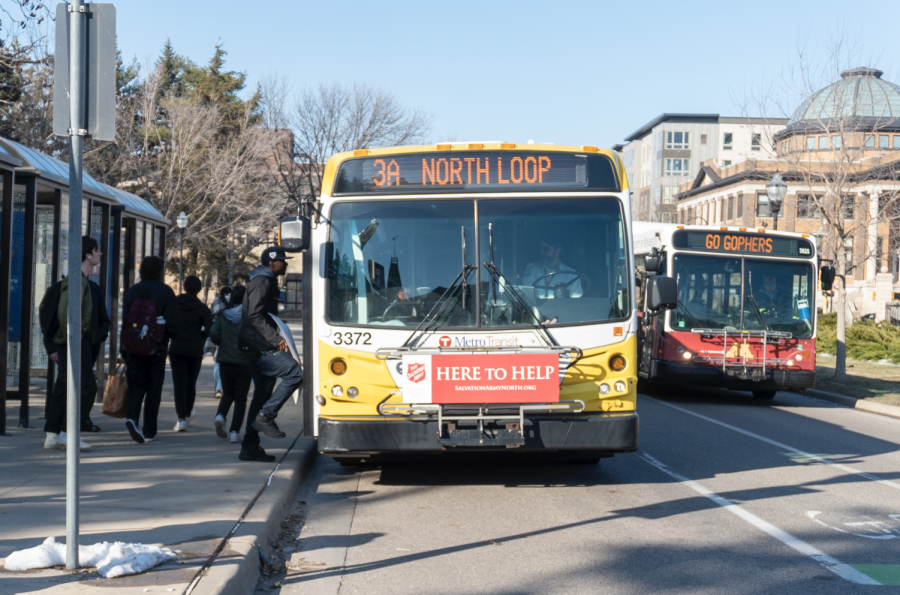Hennepin County youth caught skipping school, breaking curfew, shoplifting or vandalizing now have a new place to get dropped off.
But there, people tell the kids not to come back.
The six-week-old Juvenile Supervision Center, open 24 hours a day, is housed in Minneapolis City Hall in a small office that gets, on average, seven to 12 kids per day.
Most of the 10- to 17-year-olds come in for skipping school in the morning hours, or being out past curfew in the evening.
Program manager Jason Carver said police can drop off kids and don’t have to try to track down their parents or worry about unlawfully detaining them.
“It’s good because it keeps our cops on the streets,” Carver said, adding that the center provides something the kids may not get anywhere else.
“Part of it is having a good experience with an adult,” Carver said.
Much more than 90 percent of the kids the center has seen since its Jan. 7 opening haven’t re-appeared there, he said.
The supervision center is part of a new plan by Minneapolis Mayor R.T. Rybak to prevent and combat youth violence.
The initiative comes as juveniles startlingly accounted for nearly half of violent crime arrests over the past two years, Minneapolis police Chief Tim Dolan said in a release.
The center was built in hopes of stopping crime before it starts by fostering involvement with smaller infractions like being late to school in the morning or breaking curfew at night.
Rybak spokesman Jeremy Hanson said the mayor wanted the center to serve as an immediate connection for at-risk youth.
“All too often, young people (in violent crimes) had a prior relation with criminal behavior,” Hanson said.
After the kids go home, the center offers different levels of follow-up support based on each juvenile’s at-risk assessment conducted at the center.
Support ranges from calling to make sure the individual is getting to school, to setting up interventions with truancy officers or social workers.
But sometimes just getting hold of kids can be the most challenging part of the job said Sai Vang, a direct services advocate who interviews those who come to the center.
Vang, who worked the night shift Monday and was back in for Tuesday afternoon, said she spends 40 minutes to an hour interviewing each kid.
It can be discouraging, believing the kids were honest and had a good conversation with her, only to call a phone number that doesn’t work or find out the juvenile has a history with the police she didn’t know about, Vang said.
“They think that we’re working with the police,” she said, adding that she’s often asking about simple things the kids may never get asked at home – like how they’re feeling or what’s going on in their lives.
Carver said the best thing about the center is the 12 staff members and their diversity.
“It’s an atmosphere that is different from next door,” Carver said, about other sites where at-risk kids could be sent. “We’re more helping and serving than detention.”
















